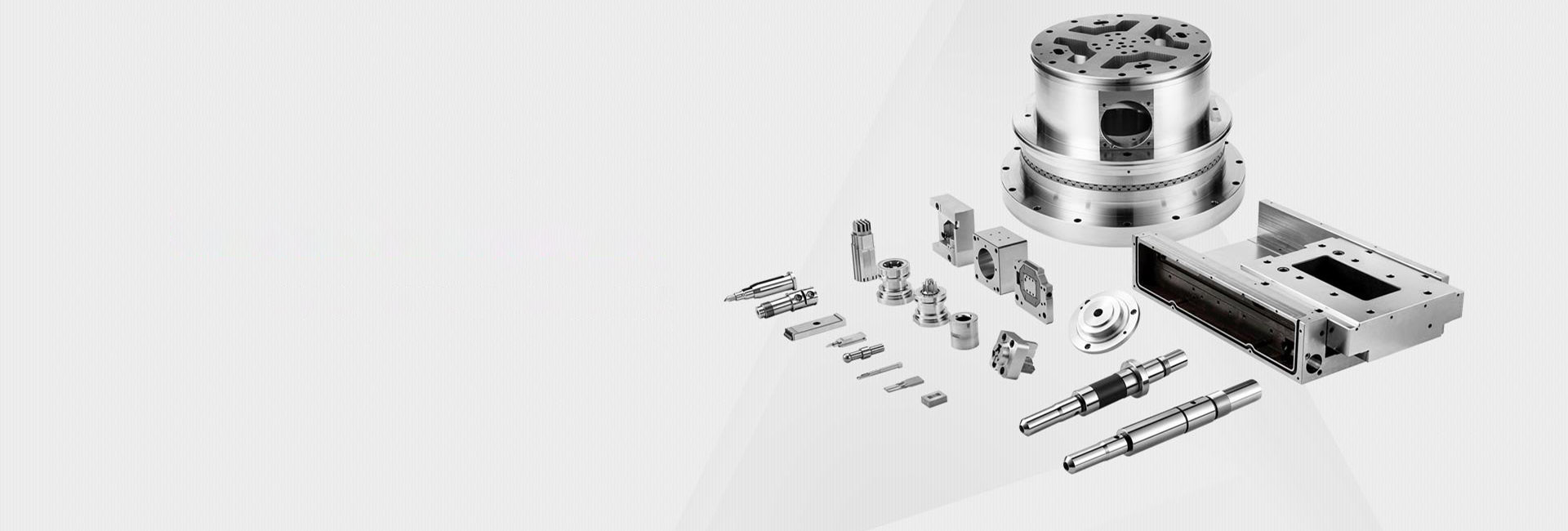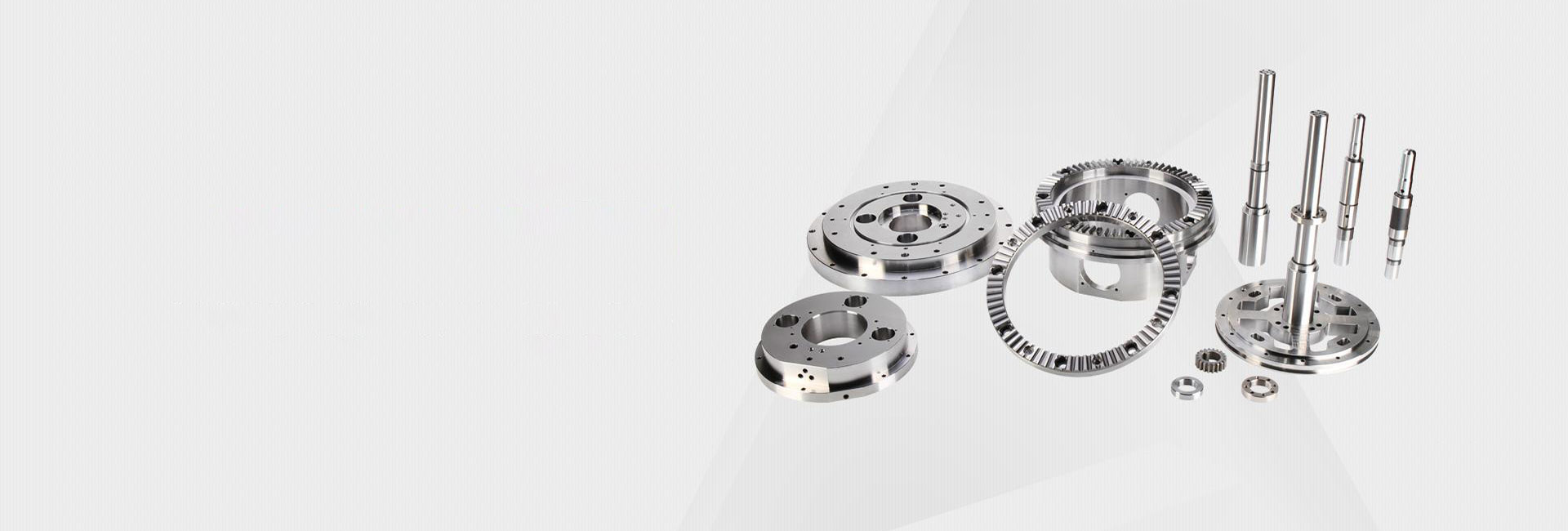What is Non-Standard Part CNC Machining? A Comprehensive Guide for Buyers
Struggling to find off-the-shelf components that perfectly fit your unique project? 😩 You're not alone. Many engineers and procurement managers hit this wall, where standard parts just don't cut it. This is where the magic phrase – non-standard part CNC machining – comes into play. But what exactly does it mean, and how can it solve your specific problems? Let's dive in and unpack everything you need to know.
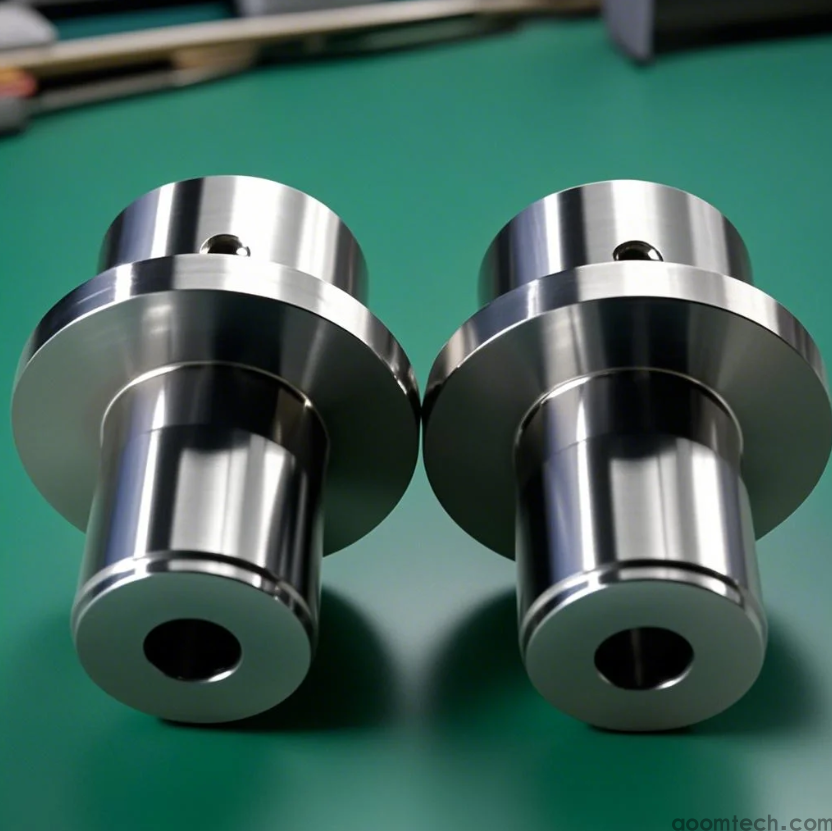
What Exactly is Non-Standard Part CNC Machining? 🤔
Simply put, non-standard part CNC machining is the process of creating custom, one-of-a-kind components that you can't buy from a regular catalog. Think of it like tailoring a suit versus buying one off the rack. While standard parts are mass-produced for general use, non-standard parts are designed and manufactured from scratch to meet your exact specifications—be it a unique shape, a specific material, or a tight tolerance that's critical for your assembly.
Key characteristics often include:
- Unique Geometries: Parts with complex contours, internal channels, or irregular shapes.
- Specific Material Requirements: Needing a particular grade of aluminum, stainless steel, or engineering plastic.
- Precision Tolerances: Dimensions that must be held to extremely tight limits.
Why Would You Choose Custom CNC Machining? 💡
The decision to go custom isn't just about necessity; it's often a strategic move. While it might seem easier to modify an existing part, that can lead to compromised performance and extra costs down the line. Custom machining gives you a part that is optimized for its job from day one. This can lead to better efficiency, longer product life, and fewer headaches during assembly. However, it's fair to say that the upfront time for design and prototyping can be a consideration.
Common scenarios where it shines:
- Prototyping New Products: When you're building a brand-new device.
- Replacing Obsolete Parts: When the original manufacturer no longer supplies a component.
Performance Optimization: When a standard part is the weak link in your system.
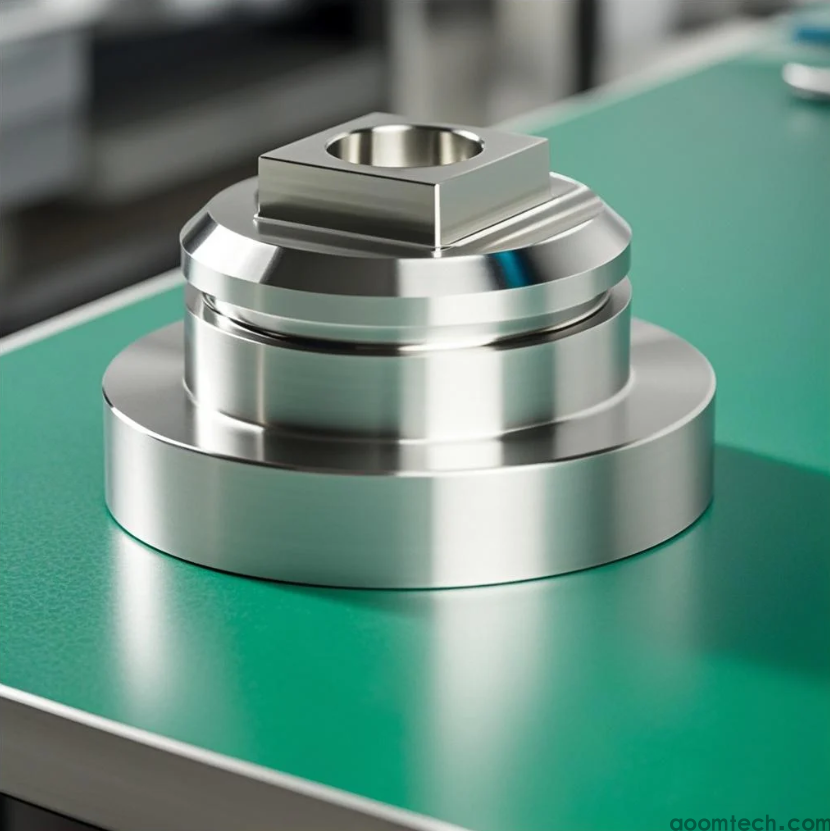
The Step-by-Step Journey of Getting a Custom Part Made 🔧
Wondering how the process actually works? It's more collaborative than you might think. It's not just sending a drawing and waiting. A good machining partner will work with you through several key stages. I've found that clear communication here is the real key to success, even more than the technical specs sometimes.
1. The Design & Quote Stage: You provide your ideas, sketches, or CAD models. The machinist reviews them for manufacturability—this is huge. They might suggest small changes that make the part easier and cheaper to produce without affecting its function. You'll then get a quote and lead time.
2. The Machining & Quality Check: Once you approve, the CNC machines get to work. But the work doesn't stop there. The parts are then measured and inspected against your drawing. This quality control step is what separates a reliable supplier from the rest, though the specific measurement techniques and equipment used can vary quite a bit between workshops.
3. Delivery and Feedback: You receive your parts. A good partnership involves feedback to ensure everything is perfect for the next order.
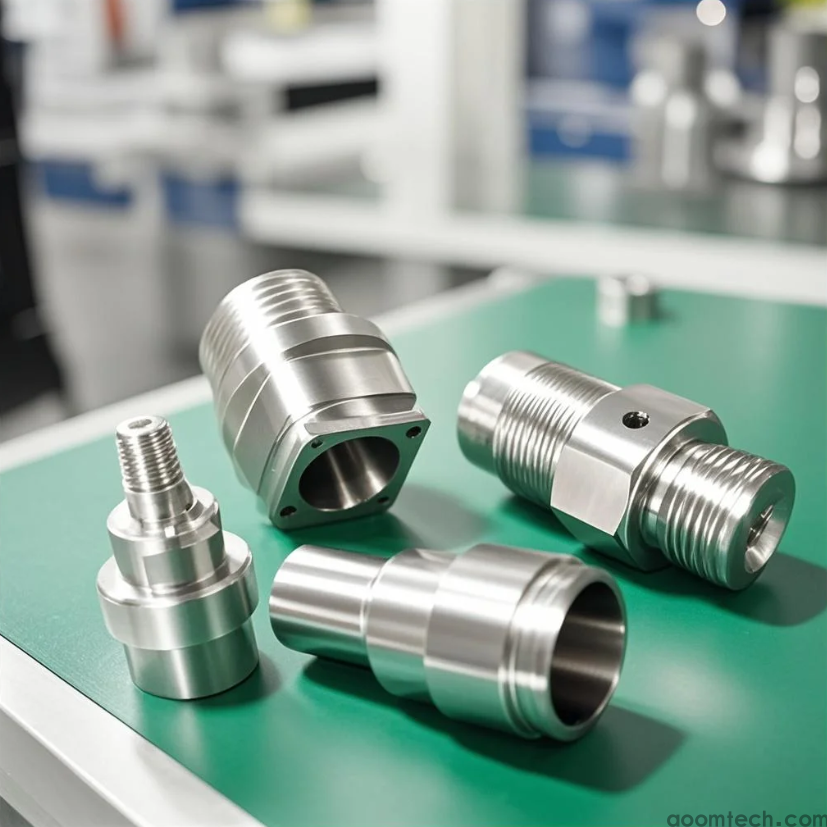
What to Look for in a CNC Machining Partner 👥
Choosing the right shop is crucial. It's not just about who gives the lowest price. You need a partner you can trust. From my experience, the best outcomes come from shops that ask a lot of questions—it shows they're engaged and thinking critically about your project.
Here are a few things to keep in mind:
- Communication is Key: Do they respond promptly and clearly?
- Technical Expertise: Can they explain the process and offer suggestions?
- Quality Assurance: Do they talk about their inspection process?
- Portfolio & Experience: Have they made similar parts before?
Remember, the goal is to build a relationship, not just complete a single transaction. This focus on long-term collaboration and consistent quality is perhaps the most critical factor for businesses that rely on a steady supply of precision parts.
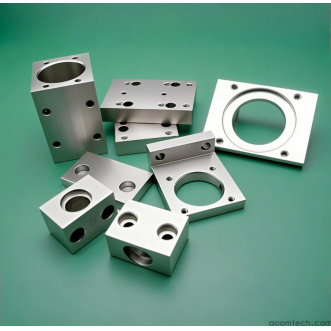 How is the price calculated fo
How is the price calculated fo
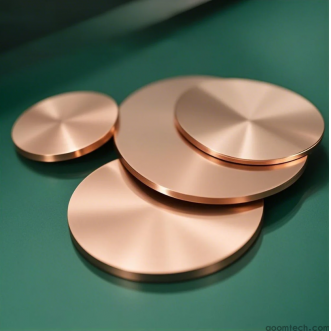 How Does a High-Precision CNC
How Does a High-Precision CNC
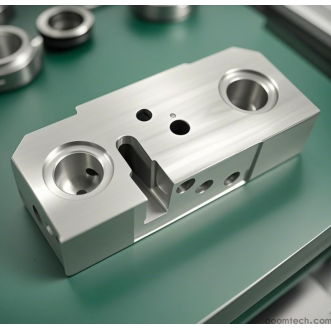 What Factors Affect CNC Machin
What Factors Affect CNC Machin
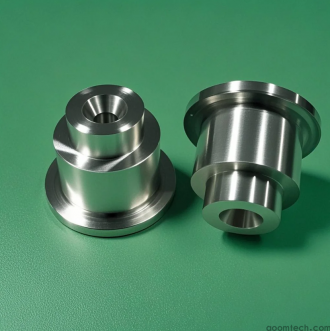 How to Choose a Supplier for C
How to Choose a Supplier for C

